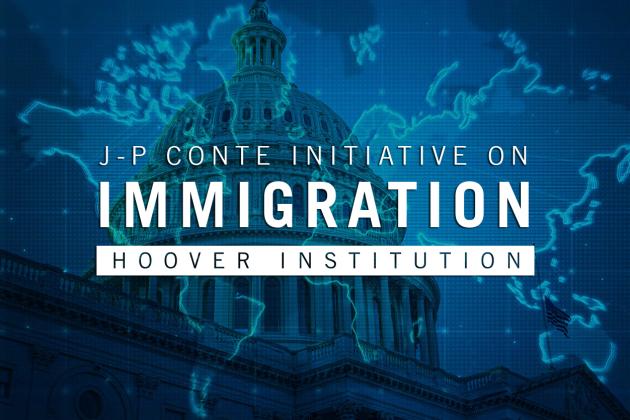PARTICIPANTS
Stephen Krasner, John Gunn, Anjini Kochar, Martin Schneider, Monika Piazzesi, John Taylor, John Shoven, Andrew Crockett, Johannes Stroebel, Rakesh Mohan, Ronald McKinnon, Raghuram Rajan
ISSUES DISCUSSED
Rajan started his presentation by arguing that the recent financial crisis is part of a bigger structural problem in the world: the US is structurally positioned to over-consume, the rest of the world considers export-led growth to be more stable than growth driven by domestic demand, and the financial sector plays the role of linking the two sides.
The US Economy:
Rajan then offered his views on the US. In particular, he argued that there was an underlying problem created by the growing inequality driven by skill-biased technological change. He suggested that the supply side response to this technological change, in particular from the education sector, has not adequately addressed the issue, which in turn led to downward pressure on the median wage. Rajan argued that due to the failure of the education system to increase skills and opportunity, consecutive U.S. administrations from both sides of the political spectrum considered housing subsidies an attractive alternative, through pressure on Fannie and Freddie to lend, as well as the expansion of the CRA.
In addition, Rajan pointed to a willingness in the US to react to downturns with large countercyclical policies when compared to European governments. He argued that this willingness was driven in part by the fact that US social safety nets were thin in terms of duration (with unemployment insurance lasting a few months, and health insurance being tied to a job). These thin safety nets become a problem when recoveries are job-less. As a result, Rajan argued, US monetary and fiscal policy is prone to over-stimulate the economy.
The financial sector:
Rajan then described how the financial sector turned the loans resulting from the direction of credit towards low-income households into high-rated securities. In particular, he considered why the leveraged part of the financial sector held on to many of those securities, rather than passing them along to the unleveraged part of the economy. He proposed a number of possible explanations for why many banks decided to keep those risks on their own balance sheets, including the compensation structure of traders and poor corporate governance structures. A further possible explanation is that the taking on of tail risk was viewed as shareholder value maximizing ex ante. Finally, Rajan suggested that collective uncertainty and ignorance in the financial system with respect to the true risk can partly explain bank behavior.
Views on Regulation:
Rajan argued that to address these problems by imposing too many restrictions would encourage arbitrage on part of the financial institutions. He suggested that one of the most important issues was to create mechanisms to get capital into the banking system at the right time. In good times the market does not want high capital requirements, since these impose large intermediation costs, so banks will find ways to get around capital requirements (by using SIV, etc.).
Instead, Rajan recommended the use of convertible debt that would turn into equity when (i) the system is in trouble and (ii) the bank is in trouble. The punitive dilution of equity on conversion would encourage banks to anticipate this and create incentives to raise additional capital well in time. Rajan argued that there were dangers in tying the conversion trigger to the stock price (since this could generate multiple equilibria), but suggested that accounting profits could be an adequate trigger.
A similar instrument would be to use so-called capital insurance bonds, which get wiped out in bad times, but will not convert to equity. Rajan argued that this could alleviate the fears of regulators about potential changes of ownership of financial institutions in the case of convertible debt conversion.









